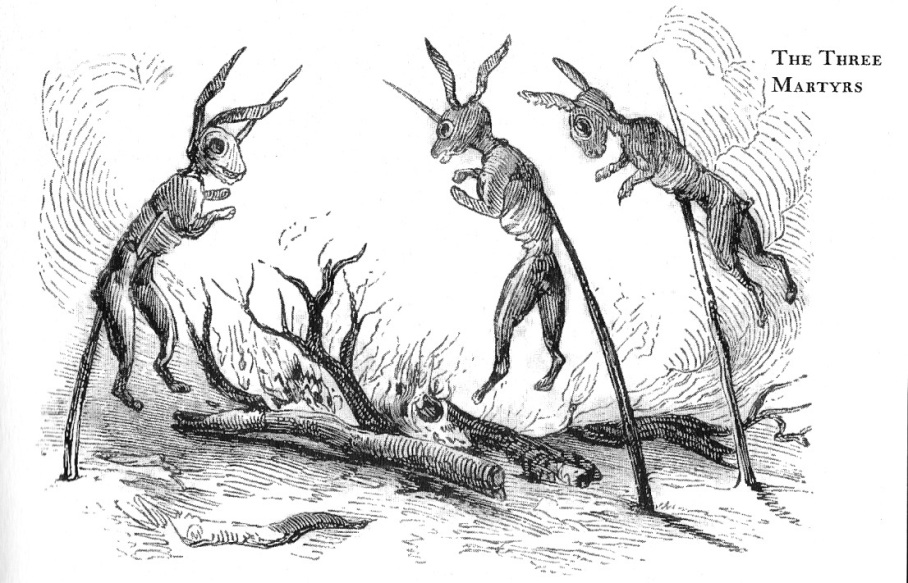– Stephen Crane, The Red Badge of Courage (1895)

Blood on a soldier’s chest looks like a medal – if not for valor, then at least for being on the battlefield and not being a coward. The unhappy anti-hero in Red Badge of Courage wants desperately to avoid reproach. Any number of heroes might advise him to be careful what he wishes for.
Every day people wish for things that they shouldn’t, as moralized in the story of King Midas. Midas failed to anticipate the consequences of a golden touch, as Marilyn Monroe and others learned too late that stardom would come at a terrible cost in self-worth.
Self-loathing is rife in everyday life too. Ask anyone who wishes hopelessly not to be fat. It’s all the worse when you agree in your heart of hearts with your accusers: “All you have to do is not eat.” To avoid being a coward, all you have to do is not run away. And so forth.
The most extreme form of self-loathing is universal, with nearly every person alive at one time or another having thought: “I wish I were dead.”
That wish will be granted.
[2020]
Illustration: store.doverpublications.com







